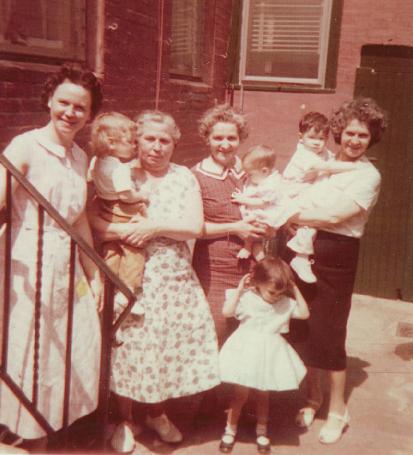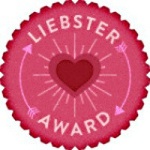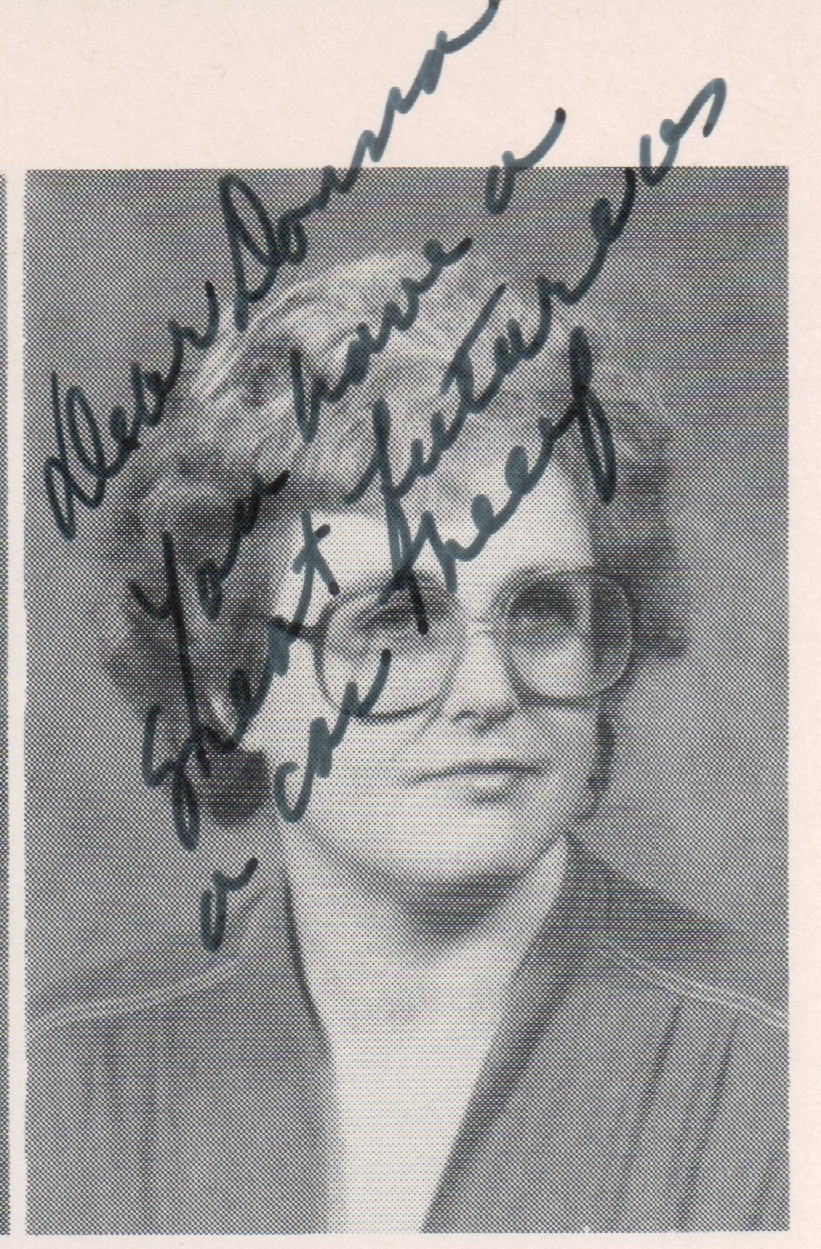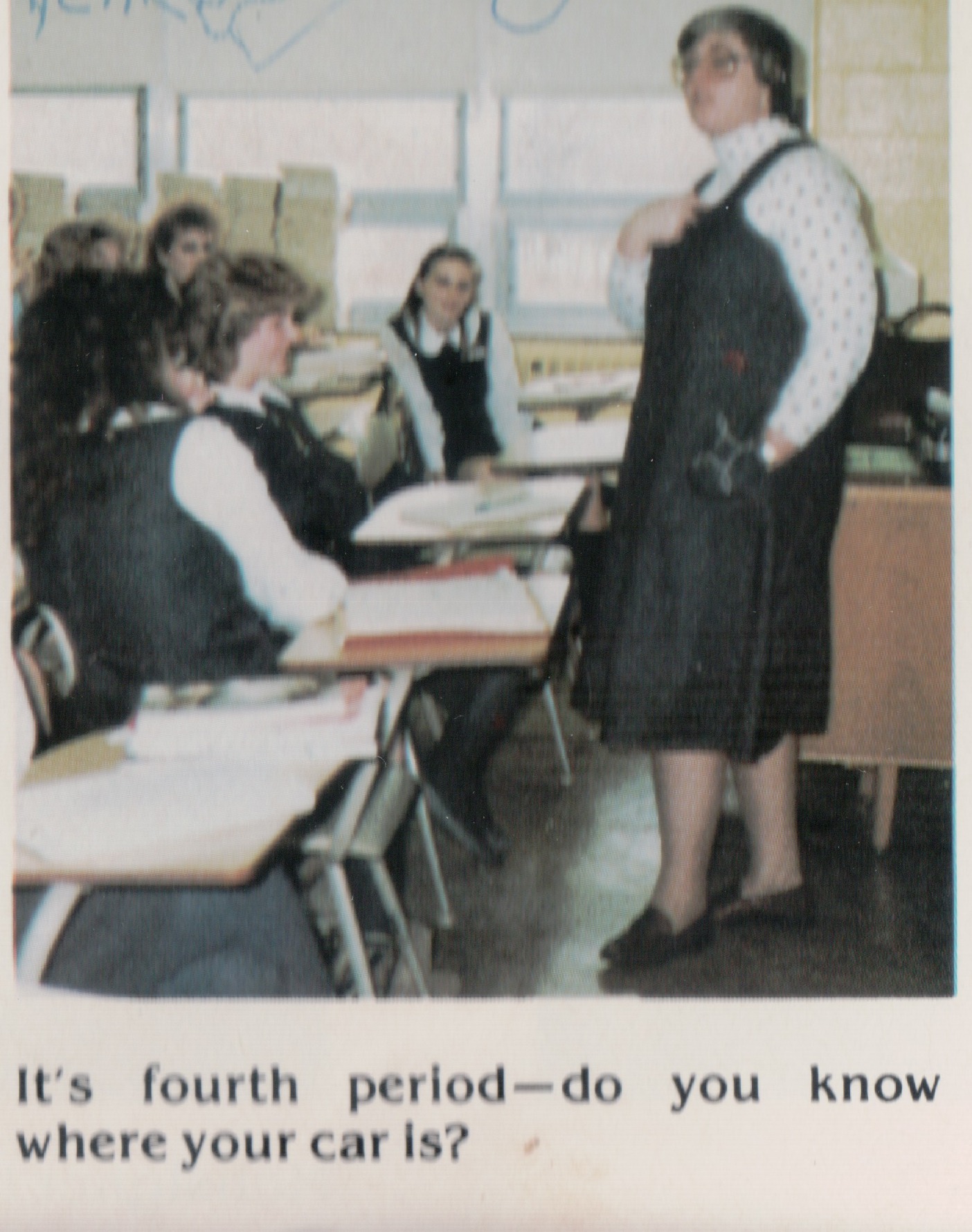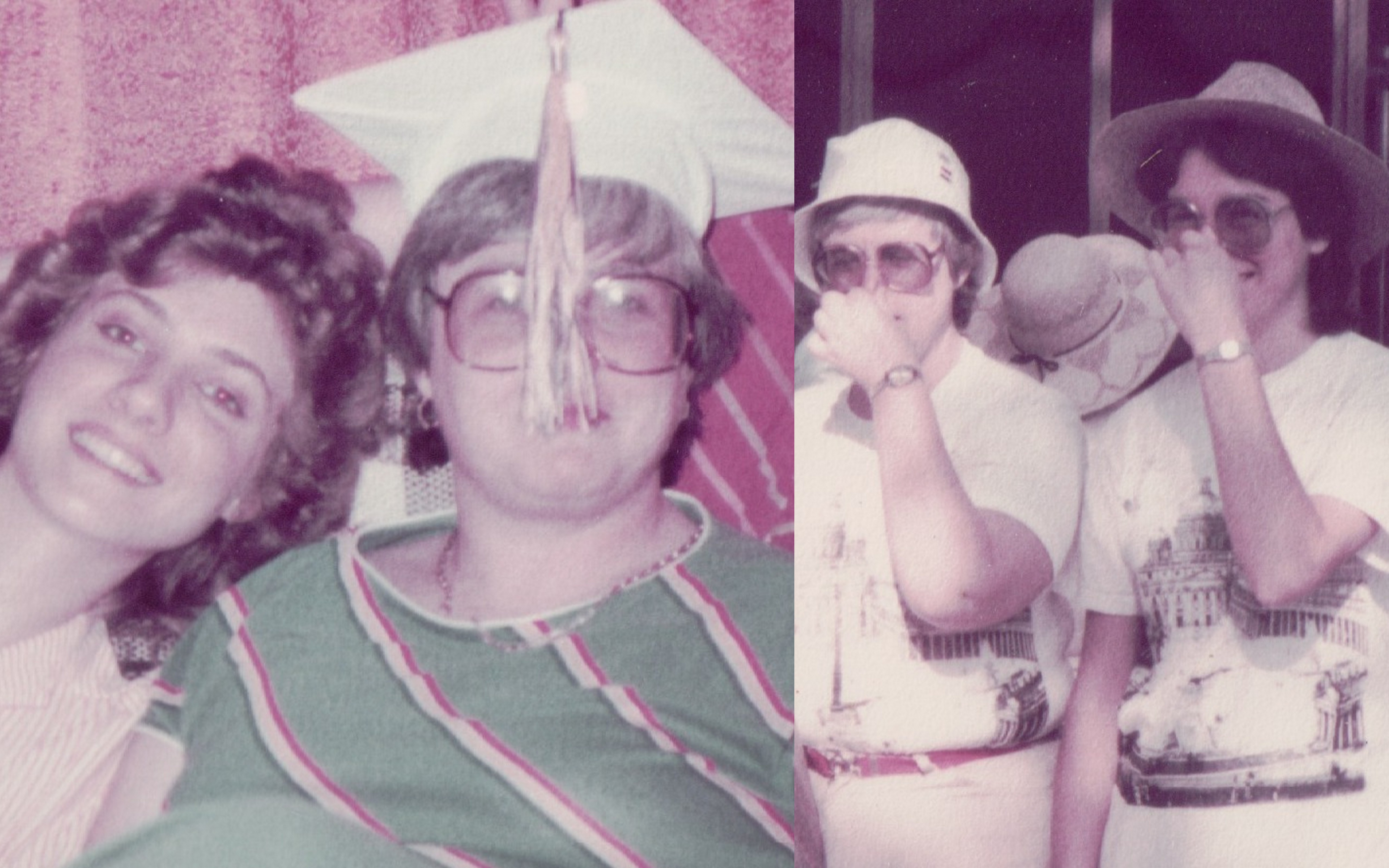Sometimes while researching a particular family I will become distracted by another find that is so interesting or humorous that I can’t help but follow that trail just to find out how the story ends. Such was the case with “Chicken Charley”.
I was researching a friend’s family. Much to his surprise, I discovered that his Rodda ancestors had been to California for the gold rush, and his 3rd great-grandfather died there. This was a surprise because he wasn’t aware of that fact, nor that his 2nd great-grandparents had immigrated to California for several years, but then returned to Cornwall, England to have a family and spend the rest of their lives there. It was that couple’s son who is my friend’s great-grandfather; he was born in Cornwall and immigrated to Pennsylvania as a young man.
While researching the Rodda family in California during the gold rush days, I discovered a wonderful resource for people with California ancestors – the California Digital Newspaper Collection. There I struck gold with a wildly humorous story about another Rodda – Charles “Chicken Charley” Rodda. How could a researcher not be distracted by this story?
08 November 1889 – Rodda’s Raid
A Chicken Thief on Whom the Habit Had a Firm Hold
The other day Charles Rodda was arrested by officer Carroll on suspicion of being a chicken thief. Sufficient evidence, however, was not obtainable to insure conviction, but a charge of vagrancy was placed against him. In the Police Court he succeeded in satisfying Judge Buckley that he was not guilty. Late Wednesday night, as officer Crump was patrolling his beat, he spied Rodda acting in a suspicious manner, and followed him into a yard on Thirteenth and J streets, where Rodda concealed twenty-one chickens. He was at once arrested, and, with the chickens, was taken to City Prison. On his way down he resisted the officer, and threw the chickens into a yard. The stolen property is at the police station awaiting an owner.[i]
Two days later, on 10 November 1889, this appears in the “Brief Notes” section of the newspaper:
The chickens captured by officer Crump from a thief the other night are still at the police station awaiting the owner.[ii]
Well, if the chickens were stolen, why didn’t anyone claim them? I’m starting to feel sorry for Charley. Then, the story gets more colorful with a delightfully descriptive (and potentially slanderous) article. I wish that the newspaper reporter was given a byline, because this reads as if it was written by Mark Twain:

12 November 1889 – Talked Himself to Jail
An Aged Chicken-Thief’s Idea of Defense. “Call the case of Charles Roder, charged with petit larceny,” was Police Judge Buckley’s first utterance upon taking his seat yesterday.
“Here I be,” said a wild-eyed, shockheaded old man jumping up from the prisoner’s dock.
Clerk Larkin informed Roder that he was accused of stealing chickens, and asked him if he was guily or not guilty.
“Not guilty, by dang,” shouted Roder, smiting himself upon the breast. “I never stole no chickens, ner anything else. I never was —.”
“That’ll do now; sit down,” admonished Baliff Rowland, motioning to the witness.
“Sit yerself down, yer wall-eyed scalpeen,” roared the petty larcenist, stamping with his feet and swinging his arms wildly. “Yer a set of blackmailers, and I’ll —“
“Shut up and sit down!” This was from Judge Buckley, and Roder only needed to glance at his Honor before concluding that it would be a good idea to sit down. But his tongue never ceased. He denounced the police force and everybody in general, and kept up a constant jabber all through his trial. Police officer Crump testified to having caught Roder in the vicinity of Fifteenth and K streets, early in the morning, with two sacks full of chickens, which he could not explain how he came into the posession of. Officers Carroll and Farrell both stated that Roder had admitted in their presence of having stolen the chickens. Roder denied all of this, of course, and never ceased in his denunciations.
“Where did you get those chickens, Roder?” asked City Attorney Church.
“I got ‘em honestly,” replied Roder, doggedly.
“But where?”
“Well, that’s my business, and not yours,” was the reply.
Judge Buckley tried to get some information on the subject from Roder, but fared no better than the City Attorney. As a result Roder was found guilty and will be sentenced to-day.[iii]
This “news” reporting conjures up quite an image of what the town and townspeople were like in 1889. But it must have been a slow news day for the story of the infamous chicken thief to get such press! As a side note, the spelling of Charles’ name is “Roder” while it was “Rodda” just days before – and it will show up in other editions of the paper in other forms.
Charley didn’t fare too well at sentencing after talking back to the judge (did they find people in contempt back then?). On 13 November 1889 it was reported in the “Brief Notes” section of the newspaper that “Charles Rodda, convicted of stealing chickens, was sentenced to three months imprisonment in the County Jail yesterday by Police Judge Buckley.”[iv]
The newspapers are quiet about Charley until nine months later. On 20 August 1890, the following appears:
Who Lost the Chicks?
At an early hour yesterday morning E. R. Dole, Captain of the chain-gang, encountered that incorrigible poultry fiend, “Chicken Charley,” at Fifteenth and I streets, coming from the northeastern part of the city. Dole examined his load and found it to comprise nineteen fowls. Surmising that Charley had been on one of his periodical raids, he arrested him. The fowls are at the police station, and as policemen do not like chicken-meat, they are in the way. The owner is requested to call and identify them.[v]
I had to laugh picturing the chickens at the police station getting in the way. While this chicken thief named Charley isn’t identified by a surname, it became clear that it was the same man by looking at entries for the next few days (although they still keep varying the spelling of the surname).
22 August 1890: “Chicken Charley’s” Plunder
Yesterday Daniel Healy visited the police station and identified several of the fowls found in the posession of Charles Reddy as his. It looks as though the officers now have a case against the slippery fellow that will stick. He generally manages to escape conviction when up for robbing hen-roosts, in which business he is said to be an expert.[vi]
23 August 1890: Chickens Need Not Roost So High
Charles Rodda, known to fame as “Chicken Charley,” was held to answer before the Superior Court yesterday on a charge of petit larceny and a prior conviction. Rodda, as usual, denied having stolen any chickens, but his explanation of how he got them was so lame that Judge Buckley concluded it was a good case for a jury to look after.[vii]

The next mention (that I found, anyway) was not until 15 January 1891:
Rhodda Acquitted. The Veteran Chicken-Parloiner is at Liberty Again.
Charles Rhodda, a tottering old man of seventy years, who has a mania for stealing chickens, and who has in consequence become familiar with the interior of various prisons, was tried before Superior Judge Van Fleet and a jury, yesterday, on another charge of chicken larceny.
He was arrested something like six months ago, and not being in affluent circumstances, has had to remain in jail until his trial was called.
When the jurors became aware of this fact, they evidently felt that Rhodda had been punished sufficiently already, for they acquitted him readily.[viii]
At this point I’m almost rooting for poor Chicken Charley…
But, he’s back to his old ways soon thereafter. On 12 March 1891 it was reported that Charles Rodda, alias “Chicken Charley,” was charged with vagrancy. He pled not guilty and “demanded” a jury trial. The article said his case was set for Friday[ix], but I was unable to find any reference to it in the newspapers that week.
Interestingly, he may appear once more – but not in Sacramento. The Marin Journal reports on 21 July 1892:
“Chicken Charley” is the euphonious and approriate title of a man arrested in Grass Valley the other day. He confessed to stealing over 300 fowl in that town and vicinity within a comparatively short space of time.[x]
Grass Valley is about 60 miles northeast of Sacramento. Is this the same Chicken Charley? Maybe, because he’s talented enough a thief to steal much in a short amount of time. But maybe not, because Sacramento’s Chicken Charley always pled not guilty! Oddly enough, Grass Valley is where my friend’s Rodda relatives lived. But I haven’t yet found any connection to his family.
Charley was portrayed as such a colorful character in these newspaper articles that I would love to learn more about his life and ultimate fate. Unfortunately, I wasn’t able to dig up any information on a Charles Rodda in California that definitively connects to Chicken Charley. But, I’m glad to have discovered this character who distracted me from my more serious research pursuits. The writing in these newspapers was so entertaining that I began to search for other articles with the “characters” of officer Crump and Judge Buckley. I wish I had ancestors in Sacramento! Thanks, Chicken Charley, I hope you either mended your ways or continued to evade conviction for the rest of your life.
Sources:
[i] Sacramento Daily Union, Volume 62, Number 68, 08 November 1889. California Digital Newspaper Collection, Center for Bibliographic Studies and Research, University of California, Riverside, < http://cdnc.ucr.edu >
[ii] Sacramento Daily Union, Volume 1, Number 26, 10 November 1889. California Digital Newspaper Collection, Center for Bibliographic Studies and Research, University of California, Riverside, < http://cdnc.ucr.edu >
[iii] Sacramento Daily Union, Volume 62, Number 71, 12 November 1889. California Digital Newspaper Collection, Center for Bibliographic Studies and Research, University of California, Riverside, < http://cdnc.ucr.edu >
[iv] Sacramento Daily Union, Volume 62, Number 72, 13 November 1889. California Digital Newspaper Collection, Center for Bibliographic Studies and Research, University of California, Riverside, < http://cdnc.ucr.edu >
[v] Sacramento Daily Union, Volume 79, Number 151, 20 August 1890. California Digital Newspaper Collection, Center for Bibliographic Studies and Research, University of California, Riverside, < http://cdnc.ucr.edu >
[vi] Sacramento Daily Union, Volume 79, Number 153, 22 August 1890. California Digital Newspaper Collection, Center for Bibliographic Studies and Research, University of California, Riverside, < http://cdnc.ucr.edu >
[vii] Sacramento Daily Union, Volume 79, Number 154, 23 August 1890. California Digital Newspaper Collection, Center for Bibliographic Studies and Research, University of California, Riverside, < http://cdnc.ucr.edu >
[viii] Sacramento Daily Union, Volume 80, Number 125, 15 January 1891. California Digital Newspaper Collection, Center for Bibliographic Studies and Research, University of California, Riverside, < http://cdnc.ucr.edu >
[ix] Sacramento Daily Union, Volume 81, Number 16, 12 March 1891. California Digital Newspaper Collection, Center for Bibliographic Studies and Research, University of California, Riverside, < http://cdnc.ucr.edu >
[x] Marin Journal, Volume 32, Number 19, 21 July 1892. California Digital Newspaper Collection, Center for Bibliographic Studies and Research, University of California, Riverside, < http://cdnc.ucr.edu >
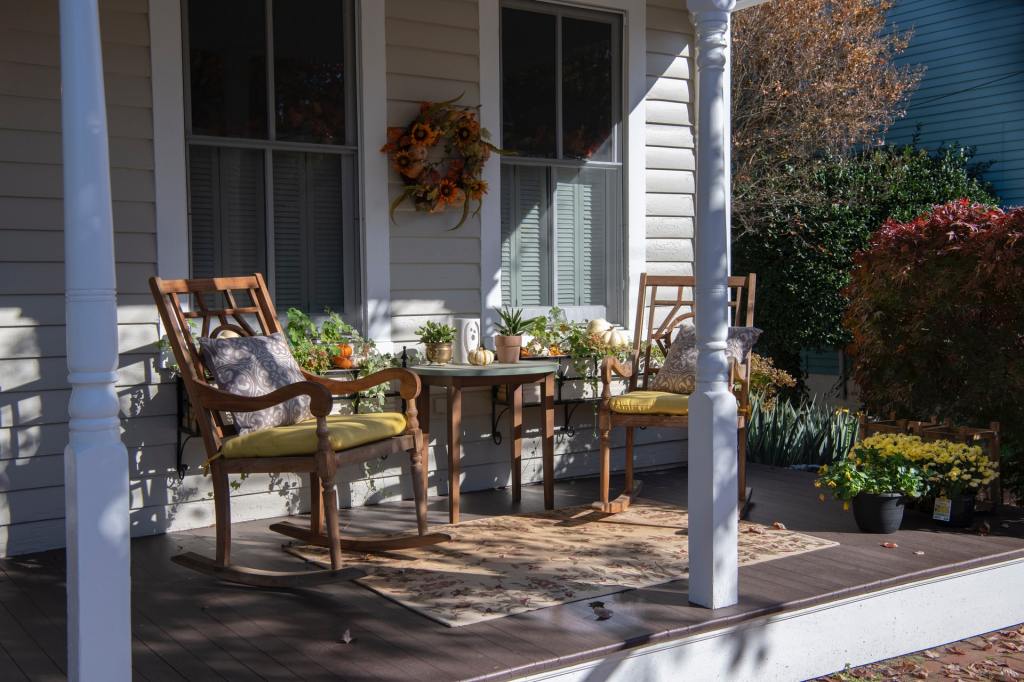



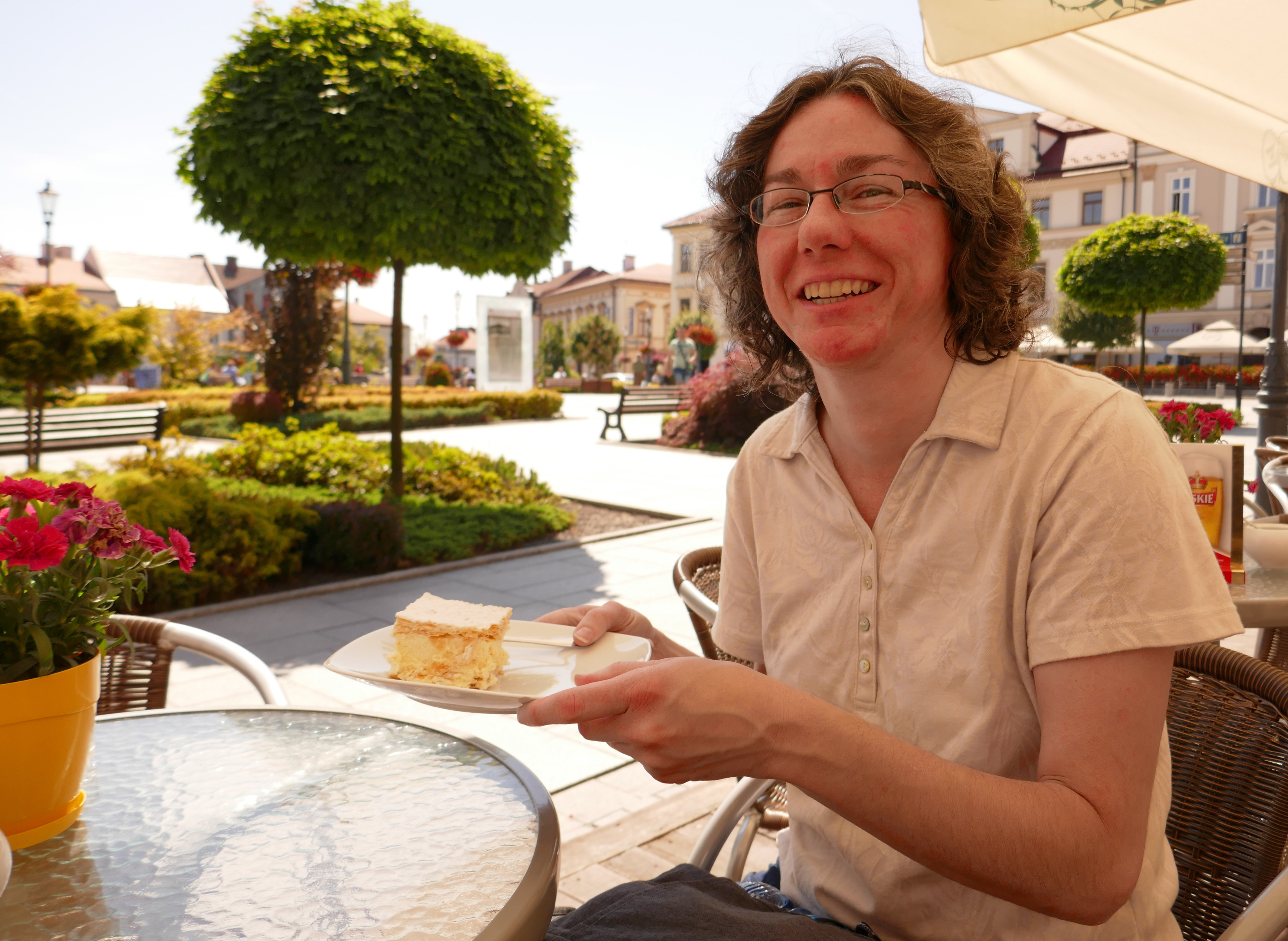

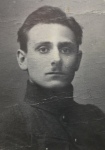

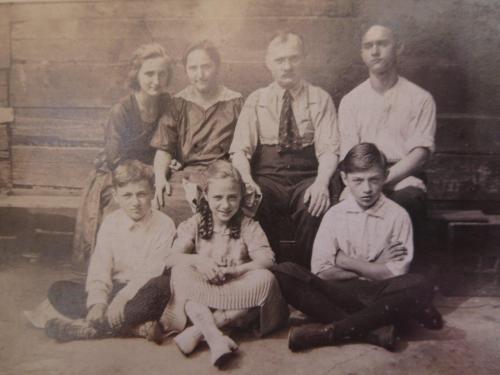
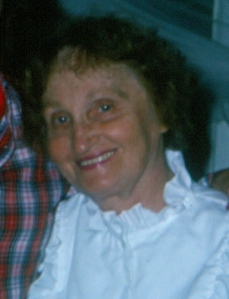




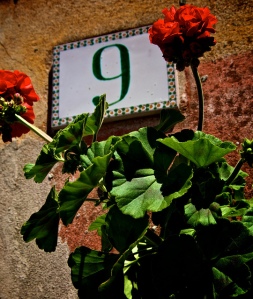




 Jim attended Roman Catholic High School and graduated in 1952. As a teenager and young man, he loved attending neighborhood dances. One night, March 13, 1955, Jim attended a Sunday night
Jim attended Roman Catholic High School and graduated in 1952. As a teenager and young man, he loved attending neighborhood dances. One night, March 13, 1955, Jim attended a Sunday night 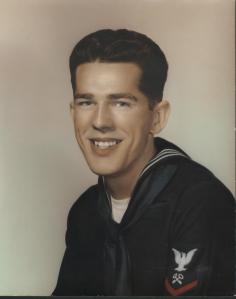
 In the 1970’s, Jim and Anita became active in “show business” at Archbishop Ryan High School (for Boys). The school’s “Mother’s Association” used to put on a show every year, and many of the dads joined in as well. Both performed in dance numbers, but then Jim branched out with his best friend, Frank, into comedy routines. The pair eventually became the comedy directors of the show. One year they performed as Elton John (Jim) and Kiki Dee (Frank) performing “Don’t Go Breaking My Heart”. They were also the Tin Man and Scarecrow in a “Wizard of Oz” skit, and the “Tinettes” — backup dancers for an Ike and Tina Turner rendition of “Proud Mary”. Jim and Frank’s
In the 1970’s, Jim and Anita became active in “show business” at Archbishop Ryan High School (for Boys). The school’s “Mother’s Association” used to put on a show every year, and many of the dads joined in as well. Both performed in dance numbers, but then Jim branched out with his best friend, Frank, into comedy routines. The pair eventually became the comedy directors of the show. One year they performed as Elton John (Jim) and Kiki Dee (Frank) performing “Don’t Go Breaking My Heart”. They were also the Tin Man and Scarecrow in a “Wizard of Oz” skit, and the “Tinettes” — backup dancers for an Ike and Tina Turner rendition of “Proud Mary”. Jim and Frank’s  Jim was very active in his parish, Our Lady of Calvary. Over the years he served as an usher, a lector, and a Eucharistic Minister. He was among the first class (along with his friend Frank) to complete a ministry training program at St. Charles Seminary. Both men wanted to become permanent deacons, but at the time the parish didn’t have a need for any. Jim and Anita also sang in the choir for many years.
Jim was very active in his parish, Our Lady of Calvary. Over the years he served as an usher, a lector, and a Eucharistic Minister. He was among the first class (along with his friend Frank) to complete a ministry training program at St. Charles Seminary. Both men wanted to become permanent deacons, but at the time the parish didn’t have a need for any. Jim and Anita also sang in the choir for many years.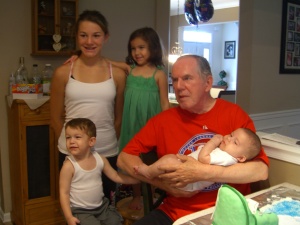 Jim became a grandfather for the first time in 1995 with the birth of his granddaughter, Natalie. More grandchildren followed: Ava in 2005, Nicholas in 2007, and Luke in 2009.
Jim became a grandfather for the first time in 1995 with the birth of his granddaughter, Natalie. More grandchildren followed: Ava in 2005, Nicholas in 2007, and Luke in 2009.




